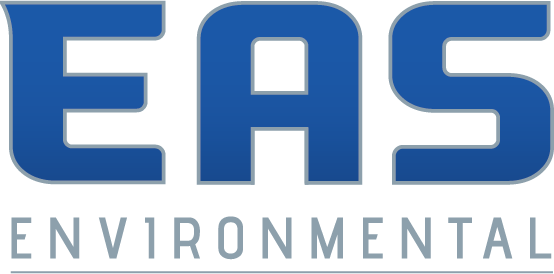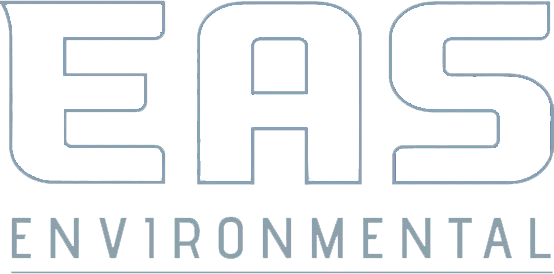
Crawl spaces are often the unsung heroes of our homes, quietly supporting the structure and indoor environment. However, when water issues arise in these subterranean areas, it's crucial not to overlook them. Crawl space water problems can lead to a cascade of issues, from structural damage to mold growth, making removal and proper management a matter of utmost importance. In this blog, we'll delve into why ignoring crawl space water issues can be a costly mistake and how timely removal can safeguard your home's well-being.
The Consequences of Neglect: Why Crawl Space Water Removal Is Vital
Neglecting crawl space water issues can have far-reaching consequences for your home and your well-being. When water is allowed to linger in this typically damp environment, it can lead to mold and mildew growth, which can contaminate indoor air quality, potentially causing health problems. Moreover, excessive moisture can damage the structural integrity of your home, leading to costly repairs and even devaluation of your property. Crawl space water removal is vital because it not only prevents these problems but also contributes to a healthier and more durable living space.
By addressing water issues promptly and investing in effective water removal solutions like sump pumps and drainage systems, homeowners can maintain a dry crawl space. This ensures that your home remains free from the damaging effects of moisture, from structural decay to potential health concerns. Proper removal can save you significant expenses down the line and protect the value of your property, making it a vital step in home maintenance that should not be ignored.
Protect Your Investment: The Importance of Crawl Space Water Removal
Your home is likely one of the most significant investments you'll make in your lifetime, and safeguarding that investment is paramount. One often-overlooked aspect of home maintenance is crawl space water removal, which plays a vital role in protecting your property from costly water-related damage. When excess moisture infiltrates the crawl space, it can lead to structural deterioration, mold growth, and even health issues, all of which can devalue your home and compromise your living environment.
By investing in effective crawl space water removal solutions like sump pumps and drainage systems, you're proactively protecting your investment. These systems efficiently eliminate water, ensuring a dry, mold-free environment. Additionally, proper water removal enhances indoor air quality and saves you money on potential repairs. It's a sound investment that not only secures your property's value but also creates a safer, healthier, and more durable living space for you and your family.
Health and Home Safety: The Role of Crawl Space Water Removal
Crawl space water removal isn't just about maintaining the structural integrity of your home; it's also a crucial element in ensuring the health and safety of your family. When moisture and water issues are left unaddressed in the crawl space, they create an ideal environment for mold and mildew to flourish. These contaminants can then infiltrate your home, leading to respiratory problems, allergies, and other health issues. Proper water removal is essential in preventing these indoor air quality concerns and maintaining a safe living space.
Moreover, efficient crawl space water removal also reduces the risk of electrical hazards. When water is present, it can come into contact with electrical systems, posing a serious safety risk. By keeping the crawl space dry through removal and management, you not only protect the health of your family but also create a safer home environment, free from the dangers associated with excess moisture and water intrusion.
FAQs
Contact EAS Environmental Today!
EAS Environmental will do everything we can to ensure your experience with us is excellent.
Request A FREE Estimate
Request a Free Estimate Form
Checkout Recent Post

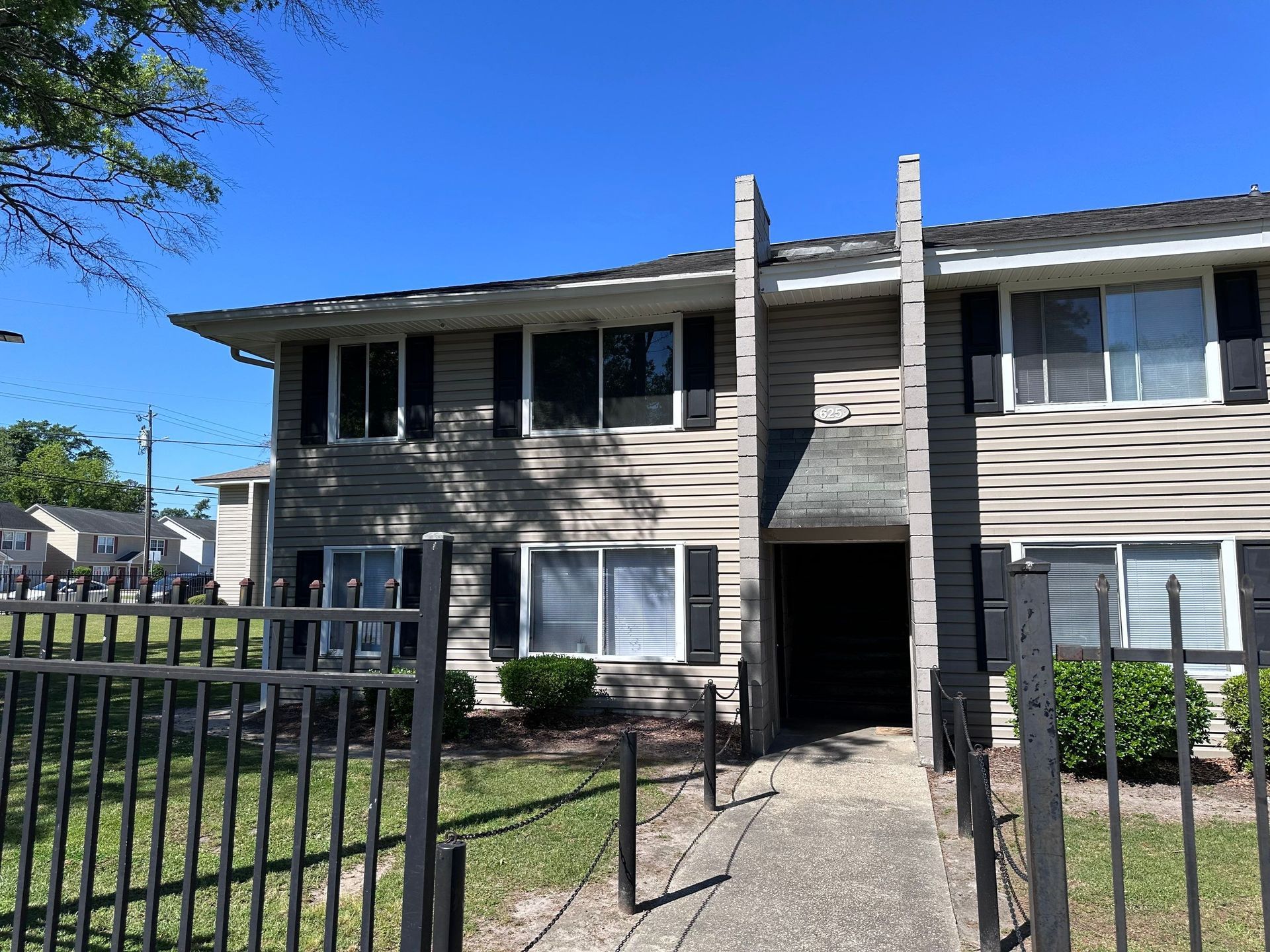
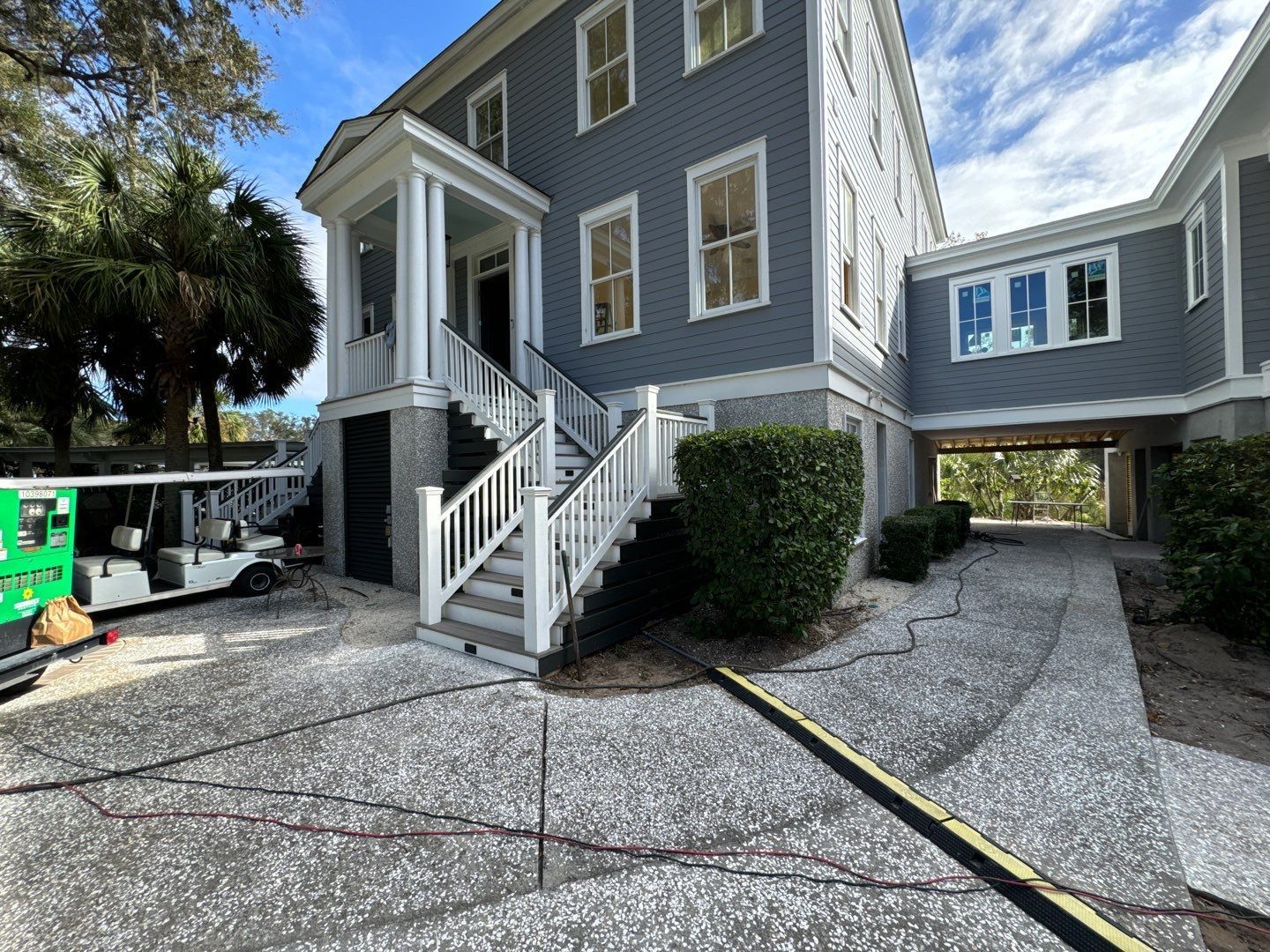
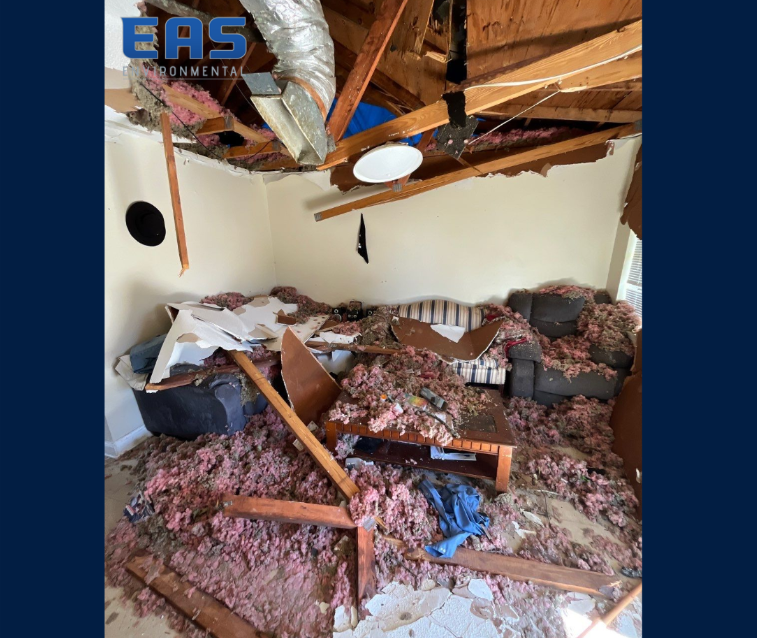
Got a Question? We’re Here to Help.
You can arrange an appointment or make an enquiry by phone or email, orget in touch to us via our contact form.
